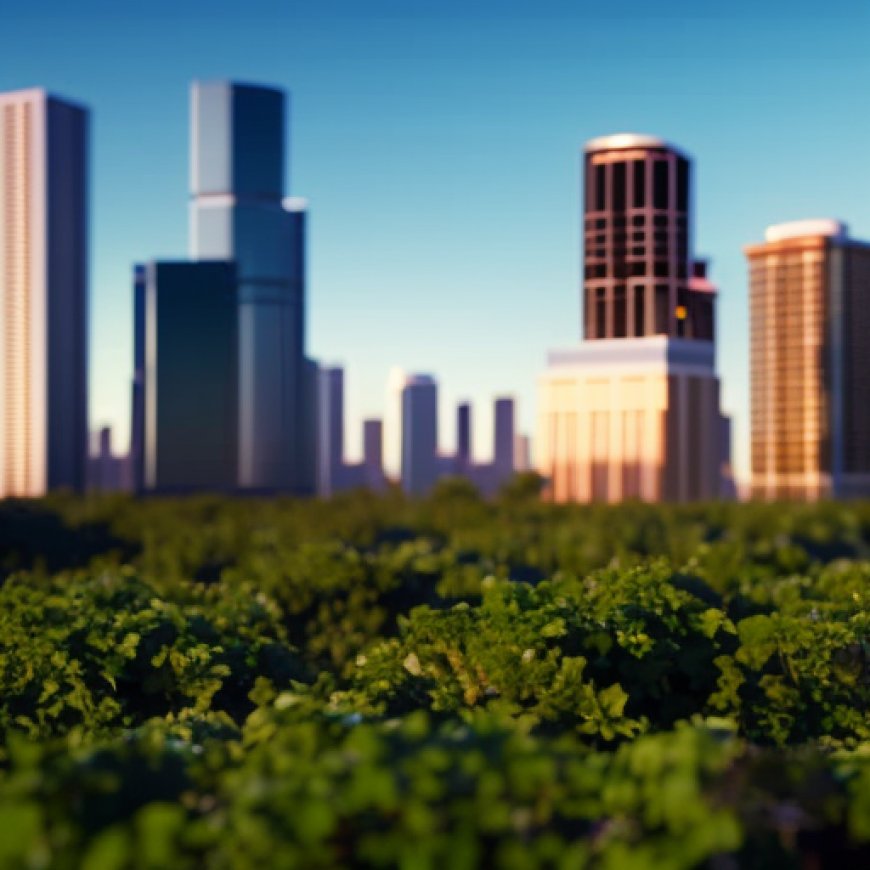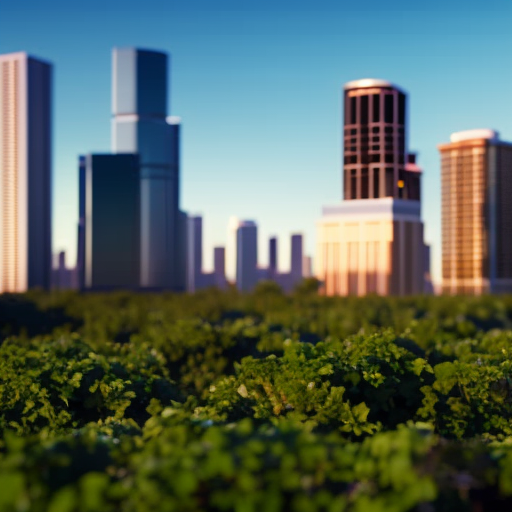Miami-Dade Commissioners to Vote on Future of Miami Wilds Development
Miami-Dade Commissioners to Vote on Future of Miami Wilds ... Center for Biological Diversity


Miami-Dade County to Vote on Future of Miami Wilds Development

MIAMI— Following a lawsuit filed by conservation groups, the Board of County Commissioners for Miami-Dade County will meet Wednesday, Sept. 6, to vote on the future of the Miami Wilds theme park, retail, hotel and parking lot development. The development threatens several endangered species and their critical habitat on and around the proposed project area.
Sustainable Development Goals (SDGs) Emphasized:
- SDG 15: Life on Land – Protecting endangered species and their habitats
- SDG 11: Sustainable Cities and Communities – Ensuring environmentally sensitive development
The commission will decide whether to agree to rescind a National Park Service land-use agreement with the county that was unlawfully executed without required environmental reviews. The commission will also vote on whether to approve new terms for a lease agreement and parking concession agreement with Miami Wilds, LLC.
Meeting Details:
- What: Miami-Dade County Commission meeting and vote to: (1) rescind a National Park Service land-use agreement unlawfully executed without required environmental reviews; and (2) approve a new lease agreement and parking concession agreement terms with Miami Wilds, LLC.
- When: Wednesday, Sept. 6, at 9:30 a.m.
- Where: Stephen P. Clark Government Center, 111 NW First St., Miami, Florida, 33128 in the Miami-Dade Commission Chambers on the second floor (watch virtually at https://www.miamidade.gov/global/webcasting/home.page).
- Who: Miami-Dade County Commissioners, residents and representatives from Tropical Audubon Society, Bat Conservation International and Center for Biological Diversity.
“The proposed development is bad for Miami-Dade County taxpayers and the environmentally sensitive lands in this area,” said Lauren Jonaitis, senior conservation director at Tropical Audubon Society. “It is truly a financial drain on the county and is proposed on land that is considered vital to endangered species and the largest and most biodiverse fragment of critically endangered pine rocklands outside of Everglades National Park. It is time for the commission to do the right thing and put an end to this ill-conceived project.”
“I’m counting on the county commissioners to use their opportunity on Sept. 6 to put the brakes on this deeply flawed project,” said Mike Daulton, executive director at Bat Conservation International. “The Miami Wilds development is environmentally destructive, bad for Miami families, and puts taxpayers on the hook to subsidize a project that is clearly not in their interest. We need the county to stand up against one of the worst projects they’ve considered in years.”
“The county must vote to rescind the National Park Service’s unlawful decision,” said Elise Bennett, Florida and Caribbean director at the Center for Biological Diversity. “The Park Service utterly ignored devastating harms to endangered species living on and around the proposed development site. Both the agency and county must carefully consider these threats and decide whether it really makes sense to greenlight a development in this incredibly unique and environmentally sensitive area.”
Background:
- Miami-Dade County and Miami Wilds, LLC, plan to build a theme park, retail area, hotel and acres of associated parking lots in an area that hosts critical habitat for endangered Florida bonneted bats, Rim Rock crowned snakes, Miami tiger beetles, Bartram’s scrub-hairstreak, Florida leafwing butterflies and several endangered plants.
- The development threatens to cause cascading effects on imperiled species and surrounding ecosystems, destroying dark, open foraging habitat for bats and hampering natural fire needed to support ecosystem health of the critically endangered pine rocklands, which are home to dozens of rare and endangered animals, plants and insects found nowhere else on Earth.
SDGs, Targets, and Indicators Analysis
1. Which SDGs are addressed or connected to the issues highlighted in the article?
- SDG 15: Life on Land
- SDG 11: Sustainable Cities and Communities
The article discusses the proposed development of a theme park, retail area, hotel, and parking lots in Miami-Dade County. This development threatens several endangered species and their critical habitat. Therefore, it is connected to SDG 15, which aims to protect, restore, and promote sustainable use of terrestrial ecosystems, sustainably manage forests, combat desertification, halt and reverse land degradation, and halt biodiversity loss. Additionally, the development also relates to SDG 11, which focuses on making cities and human settlements inclusive, safe, resilient, and sustainable.
2. What specific targets under those SDGs can be identified based on the article’s content?
- SDG 15.5: Take urgent and significant action to reduce the degradation of natural habitats, halt the loss of biodiversity, and protect and prevent the extinction of threatened species.
- SDG 11.7: By 2030, provide universal access to safe, inclusive, and accessible, green, and public spaces, particularly for women and children, older persons, and persons with disabilities.
The article highlights the threat posed by the development to endangered species and their critical habitat. Therefore, the targets under SDG 15.5 are relevant as they emphasize the need to take urgent action to protect and prevent the extinction of threatened species. Additionally, the proposed development may impact the availability of green spaces in the area. Hence, target 11.7 is also applicable as it aims to provide universal access to safe, inclusive, and green spaces.
3. Are there any indicators mentioned or implied in the article that can be used to measure progress towards the identified targets?
- Indicator 15.5.1: Red List Index
- Indicator 11.7.1: Average share of the built-up area of cities that is open space for public use for all, by sex, age, and persons with disabilities.
The article does not explicitly mention any indicators. However, the Red List Index can be used as an indicator to measure progress towards target 15.5.1. The Red List Index assesses the extinction risk of species and provides a comprehensive measure of the status of global biodiversity. Additionally, the availability of open space for public use can be measured to track progress towards target 11.7.1.
Table: SDGs, Targets, and Indicators
| SDGs | Targets | Indicators |
|---|---|---|
| SDG 15: Life on Land | Target 15.5: Take urgent and significant action to reduce the degradation of natural habitats, halt the loss of biodiversity, and protect and prevent the extinction of threatened species. | Indicator 15.5.1: Red List Index |
| SDG 11: Sustainable Cities and Communities | Target 11.7: By 2030, provide universal access to safe, inclusive, and accessible, green, and public spaces, particularly for women and children, older persons, and persons with disabilities. | Indicator 11.7.1: Average share of the built-up area of cities that is open space for public use for all, by sex, age, and persons with disabilities. |
Behold! This splendid article springs forth from the wellspring of knowledge, shaped by a wondrous proprietary AI technology that delved into a vast ocean of data, illuminating the path towards the Sustainable Development Goals. Remember that all rights are reserved by SDG Investors LLC, empowering us to champion progress together.
Source: biologicaldiversity.org

Join us, as fellow seekers of change, on a transformative journey at https://sdgtalks.ai/welcome, where you can become a member and actively contribute to shaping a brighter future.







